
Review on ASUS VE228H 1920X1080 Back Lit Monitor 21.5", 60Hz, Wide Screen, by Brandon Woods

The HDMI part is very questionable
I've been a die-hard ASUS fan for about 10 years, have built quite a few computers using their motherboards and finally bought one of their economical gaming computers - everything is great. About two years ago I bought an ASUS VE247 monitor and enjoyed using it with a DVI input. I recently bought a Raspberry Pi computer and hooked it up to the ASUS HDMI input. ASUS VE247 did not detect an HDMI signal, displayed the message "No DVI" for a few seconds and went into sleep mode. After a few hours of reading and debugging the Raspberry Pi; I was thinking of just connecting my Samsung TV via HDMI. WALLAH! It worked fine. So I thought there was something wrong with my particular ASUS monitor - no problem, I was using it in DVI mode with another computer anyway. So I ordered an ASUS VE228H monitor to use with my Raspberry Pi. SURPRISE! The VE228H behaved the same way. So I sent a request to ASUS Technical Support and a day later I received their detailed prepared response (indicating that they didn't actually read my request). If you just unplug your unresponsive monitor and plug the same cable and plug into the tv and the tv works, then unplug the tv and come back to the monitor and the HDMI signal isn't recognized, it's not the level. or bent pins or a defective cable, DUH !##! And did that on both ASUS monitors, as well as turning on and off, unplugging and resetting - all with the same result - many thanks to ASUS support. I've also tried the following: 1. I bought an HDMI to DVI converter plug and the ASUS monitor works fine for the most part (but no sound of course) - which shows once again that the HDMI interface is the most likely problem since it is probably the case partially does not meet the international standard. away.3. The same goes for my other Asus monitor, the VE247. My Samsung monitor doesn't have an HDMI input, but it will work with an HDMI to DVI.4 adapter. Also, I tried the same Raspberry Pi computer and HDMI cable with a Westinghouse LVM37W3 monitor and it works great. Using a Samsung DVD player which is normally connected to my Westinghouse monitor via HDMI, I have tried both the new ASUS ve228H monitor and the old ve247 monitor and in both cases I get the message " No DVI” on the screen. That means the monitors don't even realize that an active HDMI source is connected to them. The same with the RaspberryPi. As with the Raspberry Pi and Samsung TV, I simply pull the HDMI cable from the unresponsive ASUS monitor to the Westinghouse monitor and it immediately recognizes HDMI and after a few seconds the corresponding image from the DVD appears. Disconnect the HDMI from Westinghouse and reconnect it to ASUS and ASUS will display a "No DVI" message. CONCLUSION: Something is wrong with ASUS' HDMI implementation. And based on just one contact I would say their support is pretty useless as well. For me, a monitor with an HDMI to DVI converter is fine. Some adjustments on the Raspberry Pi side were required to display in 1920x1080 mode; but it's done. I wasn't planning on using the monitor's speakers in any way so this works for me, just a lot of time waster. If anyone really wants to use the HDMI input on a monitor, look elsewhere.
- 60 Hertz
- Screen Tearing: This occurs when the monitor's refresh rate is too slow, causing the image to appear choppy or distorted.
New products
Comments (0)
Top products in 🖥 Monitors

LG 27MP59G-P 27 inch Monitor with FreeSync, 75Hz Refresh Rate, and 1080p HD Resolution

93 Review
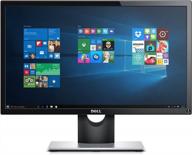
Dell SE2216HV LED 💻 Monitor with 60Hz Refresh Rate

101 Review
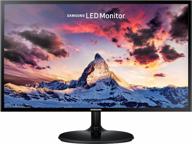
Samsung Flat Monitor Super Slim Design 27", 1920X1080P, 75Hz, Flicker Free

112 Review
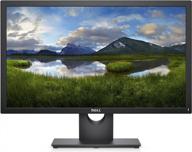
Dell E2318Hx LED Lit Monitor: High-Definition Display with Flicker-Free Technology and IPS Panel

109 Review
Another interesting products
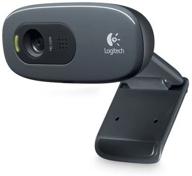
🎥 Logitech C270 Webcam: Crystal Clear Video and Superior Quality

183 Review

Apple AirPods Pro MagSafe RU Wireless Headphones, White

159 Review

Smartphone Samsung Galaxy A50 4/64 GB, 2 SIM, black

82 Review
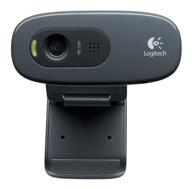
Logitech HD Webcam C270: Crisp 720p Widescreen Video Calling & Recording (960-000694), Lightweight and Portable at 3.15 lb.

192 Review


